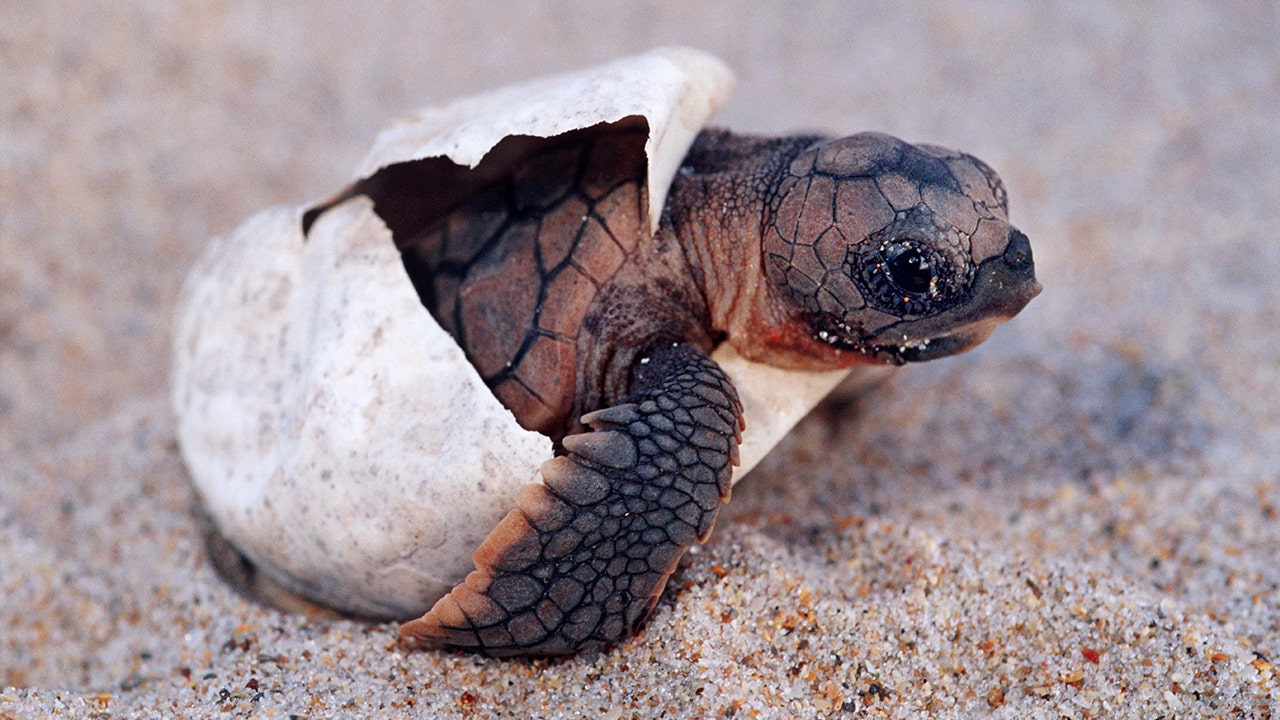In the world of baby turtles, temperature is a vital factor that can greatly influence their health and survival. Recent studies have uncovered the significant impact that temperature fluctuations can have on these fragile creatures. From altering their developmental patterns to affecting their overall immune systems, temperature plays a crucial role in determining the well-being of baby turtles. Understanding the intricacies of this relationship is essential for conservation efforts and ensuring a thriving future for these tiny reptiles.
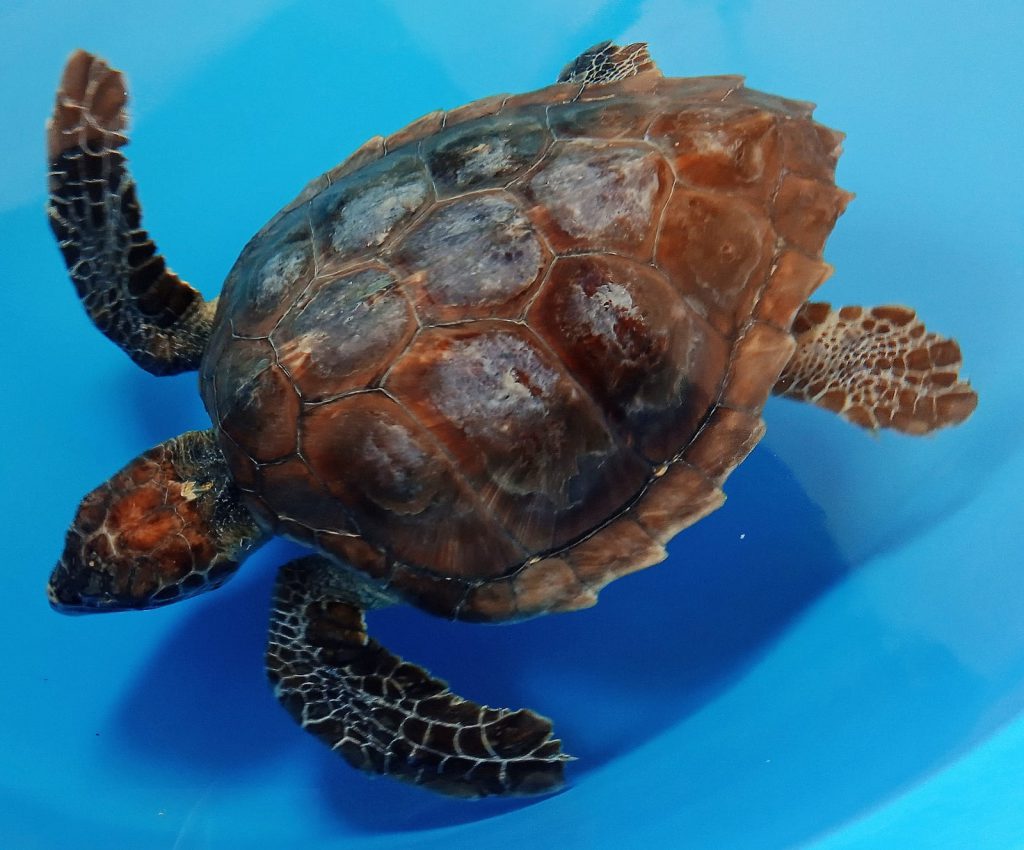
1. The Importance of Temperature for Baby Turtle Health
1.1 The role of temperature in reptile physiology
Temperature plays a critical role in the physiology and overall well-being of baby turtles. Unlike mammals, which have the ability to regulate their internal body temperature, reptiles, including turtles, rely on external sources to regulate their body temperature. This dependence on the environment makes them susceptible to temperature fluctuations, which can have significant effects on their health.
1.2 The vulnerability of baby turtles to temperature fluctuations
Baby turtles are particularly vulnerable to temperature fluctuations due to their small size and underdeveloped physiological systems. They have a limited ability to tolerate extreme temperatures, making them more susceptible to the adverse effects of temperature fluctuations. This vulnerability is of great concern, as it can impact their overall growth, development, and survival.
2. Effects of Low Temperature Fluctuations
2.1 Reduced metabolic rate
Low temperature fluctuations can lead to a reduced metabolic rate in baby turtles. As their body temperature drops, their metabolic processes slow down, which can negatively impact their growth and development. A reduced metabolic rate can also affect their ability to digest food properly and can weaken their immune system.
2.2 Impaired immune function
Low temperature fluctuations can impair the immune function of baby turtles, making them more susceptible to infections and diseases. The immune system of reptiles, including turtles, is temperature-dependent, meaning that their immune response is influenced by the temperature of their environment. When exposed to cold temperatures, their immune system may not function optimally, making them more vulnerable to pathogens.
2.3 Slowed growth and development
Temperature fluctuations, specifically low temperatures, can significantly impact the growth and development of baby turtles. Low temperatures can slow down their metabolic processes, delaying growth and development milestones. This delay can have long-term consequences on their overall size, reproductive capabilities, and survival rates.
3. Effects of High Temperature Fluctuations
3.1 Increased metabolic rate
High temperature fluctuations can lead to an increased metabolic rate in baby turtles. As their body temperature rises, their metabolic processes speed up, which can have implications for their energy expenditure and nutrient requirements. The increased metabolic rate can also impact their behavior, as they may need to actively seek out cooler areas to avoid overheating.
3.2 Dehydration and heat stress
High temperature fluctuations can increase the risk of dehydration and heat stress in baby turtles. Reptiles, including turtles, are exothermic animals, meaning they rely on external heat sources to regulate their body temperature. When exposed to high temperatures, they can lose water rapidly through evaporation, leading to dehydration. Prolonged exposure to high temperatures can also cause heat stress, which can be life-threatening for baby turtles.
3.3 Reduced hatchling success
High temperature fluctuations can have adverse effects on the success of hatchlings. Extreme heat can impact the viability of turtle eggs, potentially leading to reduced hatching success rates. Additionally, high temperatures can skew the sex ratios of hatchlings, with warmer temperatures favoring the development of female turtles. This imbalance in sex ratios can have implications for population dynamics and genetic diversity.
4. Behavioral Responses of Baby Turtles to Temperature Fluctuations
4.1 Basking behavior
When faced with temperature fluctuations, baby turtles exhibit various behavioral responses to regulate their body temperature. One such behavior is basking, where turtles expose themselves to sunlight to absorb heat and raise their body temperature. Basking allows them to warm up after exposure to lower temperatures, aiding in maintaining their metabolic processes and overall health.
4.2 Seeking shade or cooler areas
In contrast to basking, baby turtles may also seek shade or cooler areas when faced with high temperature fluctuations. This behavior helps them avoid overheating and potential dehydration. By finding shelter or cooler spots, such as hiding under vegetation or rocks, baby turtles can regulate their body temperature and protect themselves from the detrimental effects of extreme heat.
4.3 Migration and temperature regulation
Some baby turtle species exhibit migration behaviors to avoid temperature fluctuations. For example, certain species may migrate to cooler regions during hot summer months or move to warmer areas during colder seasons. Migration allows them to find more suitable temperature conditions, ensuring their survival and overall health.
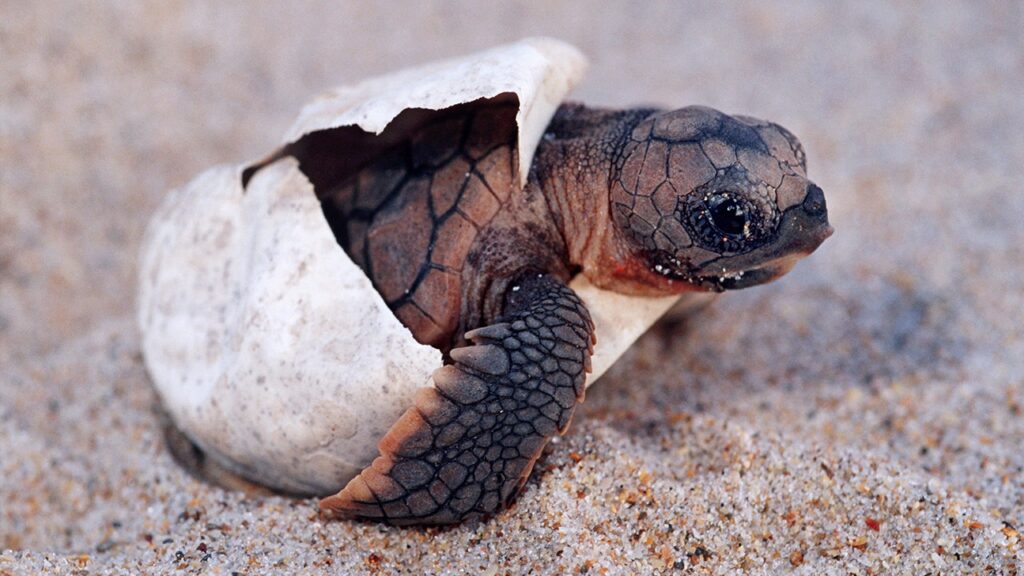
5. Long-Term Implications of Temperature Fluctuations on Baby Turtles
5.1 Impact on population abundance and distribution
Temperature fluctuations can have long-term implications for the population abundance and distribution of baby turtles. Extreme temperatures can affect their reproductive success, hatchling survival rates, and overall population growth. Changes in temperature patterns due to climate change may result in shifts in suitable nesting sites and habitats, potentially leading to population declines or localized extinctions.
5.2 Potential consequences for ecosystem health
Baby turtles play an essential role in maintaining the balance and health of ecosystems they inhabit. Temperature fluctuations that adversely impact their populations can disrupt trophic interactions, nutrient cycling, and ecosystem functioning. Changes in baby turtle demographics can have cascading effects on other species that depend on them for food, thus affecting the overall stability and health of ecosystems.
6. Climate Change and Temperature Fluctuations
6.1 Rising global temperatures
Climate change is a significant factor contributing to temperature fluctuations and posing numerous challenges for baby turtles. With increasing global temperatures, the frequency and intensity of temperature fluctuations are expected to rise. These fluctuations can exceed the thermal tolerance limits of baby turtles, leading to more frequent and severe impacts on their health and populations.
6.2 Shifts in nesting sites and hatchling sex ratios
Climate change can also result in shifts in nesting sites and hatchling sex ratios. Rising temperatures can alter the suitable nesting areas for turtles, forcing them to seek new locations with more suitable temperature conditions. This can not only disrupt their reproductive patterns but also affect the natural selection process. Additionally, higher temperatures can bias the sex ratios of hatchlings, potentially leading to skewed population demographics.
6.3 Adaptation and resilience of baby turtles
Despite the challenges posed by climate change and temperature fluctuations, baby turtles have shown some ability to adapt and exhibit resilience. Some species have demonstrated the capacity to adjust their nesting behavior in response to changing temperature conditions. However, the rate of climate change may outpace their ability to adapt, making it crucial to implement conservation and management strategies to enhance their resilience.
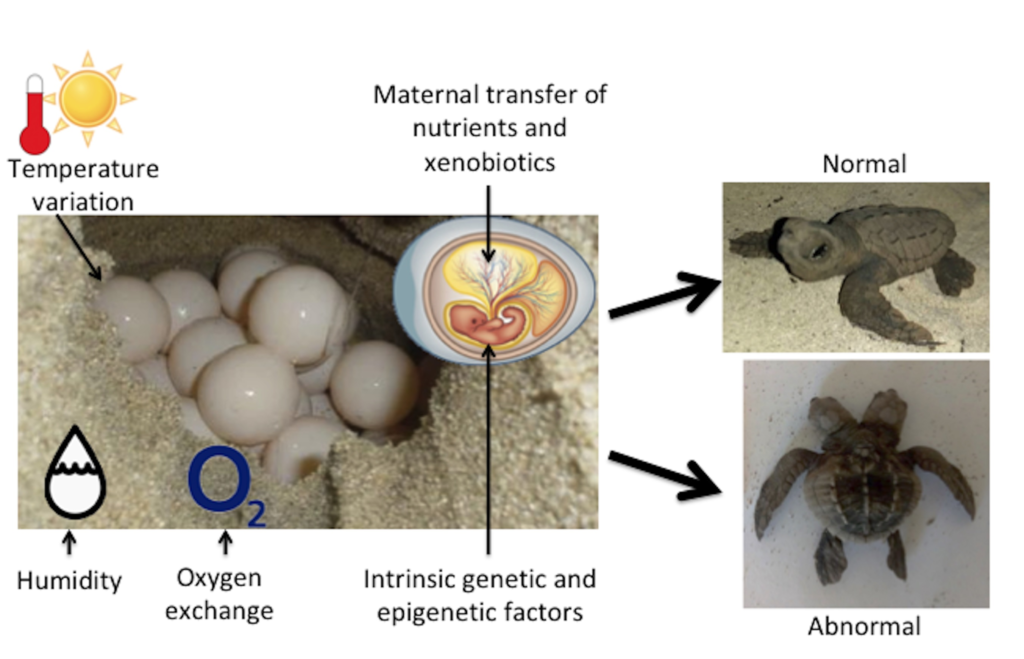
7. Conservation and Management Strategies
7.1 Protecting natural nesting sites and habitat
Protecting the natural nesting sites and habitat of baby turtles is essential for their long-term survival. Conservation efforts should focus on preserving and restoring coastal areas, beaches, and other nesting habitats. This includes minimizing human disturbances, such as reducing beachfront lighting and limiting development near nesting areas, to maintain suitable temperature conditions for successful reproduction.
7.2 Artificial incubation and managing nest temperature
In situations where natural nesting conditions are compromised, artificial incubation can be a valuable conservation tool. Eggs can be collected and incubated in controlled environments, allowing for better temperature regulation to optimize hatchling success. Careful management and monitoring of nest temperature are essential to mimic natural conditions and ensure the health and well-being of baby turtles.
7.3 Controlling ambient temperatures in captive environments
For baby turtles in captive environments, such as zoos or research facilities, controlling ambient temperatures is crucial for their health and development. Facilities should provide appropriate temperature gradients, allowing turtles to move and regulate their body temperature according to their needs. This ensures that captive turtles can thrive under optimal temperature conditions, promoting their overall well-being.
8. Research Directions and Knowledge Gaps
8.1 Studying the effects of specific temperature ranges
Further research is needed to understand the specific temperature ranges that have the most significant impact on baby turtle health. By studying the physiological responses of baby turtles to different temperature conditions, scientists can gain insights into the critical thresholds beyond which adverse effects occur. This knowledge is essential for informing conservation strategies and developing management guidelines.
8.2 Investigating the influence of temperature fluctuations on long-term health
Although the immediate effects of temperature fluctuations on baby turtles have been documented, there is a need for more research on the long-term health implications. Studying the cumulative effects of temperature fluctuations on growth, reproductive success, and overall fitness can provide valuable information on the persistence and resilience of baby turtles in changing environments.
8.3 Understanding the interaction between temperature and other environmental factors
Temperature fluctuations rarely occur in isolation, and baby turtles are affected by a multitude of environmental factors. Understanding the interactions between temperature and other variables, such as precipitation patterns, water quality, and food availability, is critical for comprehensively assessing their health and population dynamics. Further research is needed to unravel these complex interactions and their implications for baby turtles.
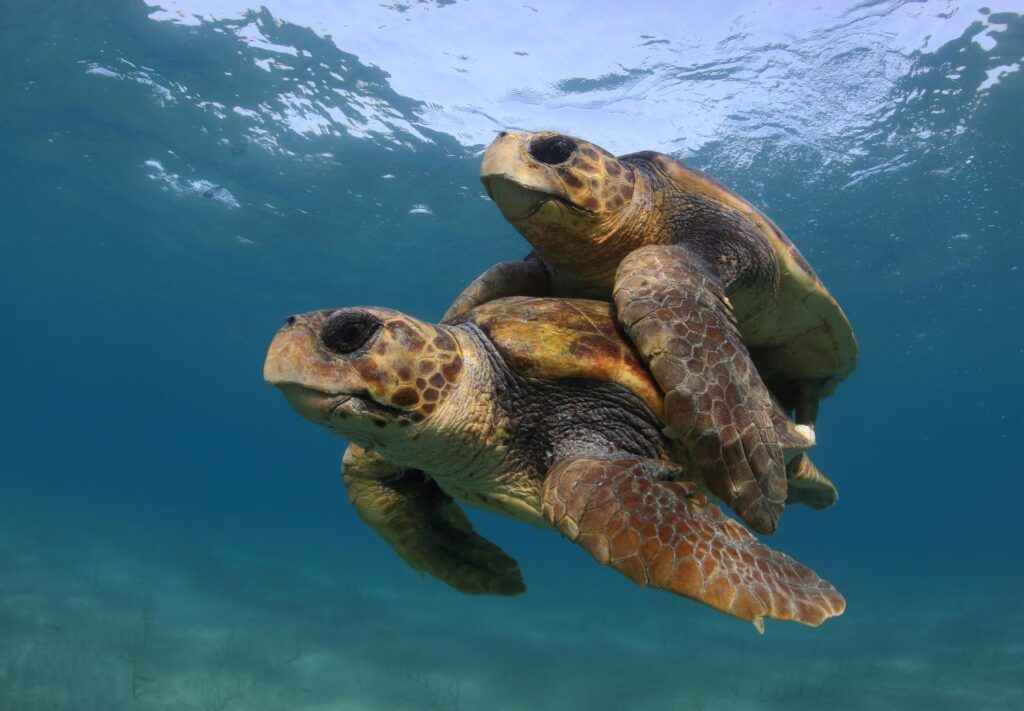
9. Conclusion
Temperature fluctuations have significant implications for the health and well-being of baby turtles. Both low and high temperature fluctuations can disrupt their metabolic processes, immune function, growth, and long-term survival. As climate change exacerbates temperature fluctuations, the effects on baby turtles and their ecosystems become even more critical.
Conservation and management strategies, such as protecting nesting sites, implementing artificial incubation, and controlling ambient temperatures in captive environments, are essential for mitigating the impacts of temperature fluctuations. Continued research on the specific effects of temperature fluctuations, their long-term health implications, and interactions with other environmental factors will be crucial for guiding conservation efforts and ensuring the resilience of baby turtles in the face of a rapidly changing climate.
